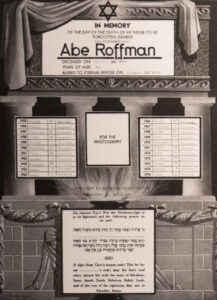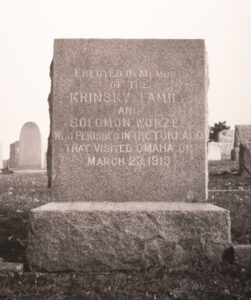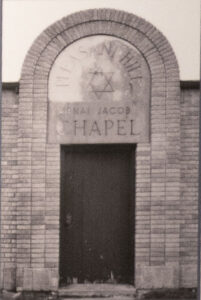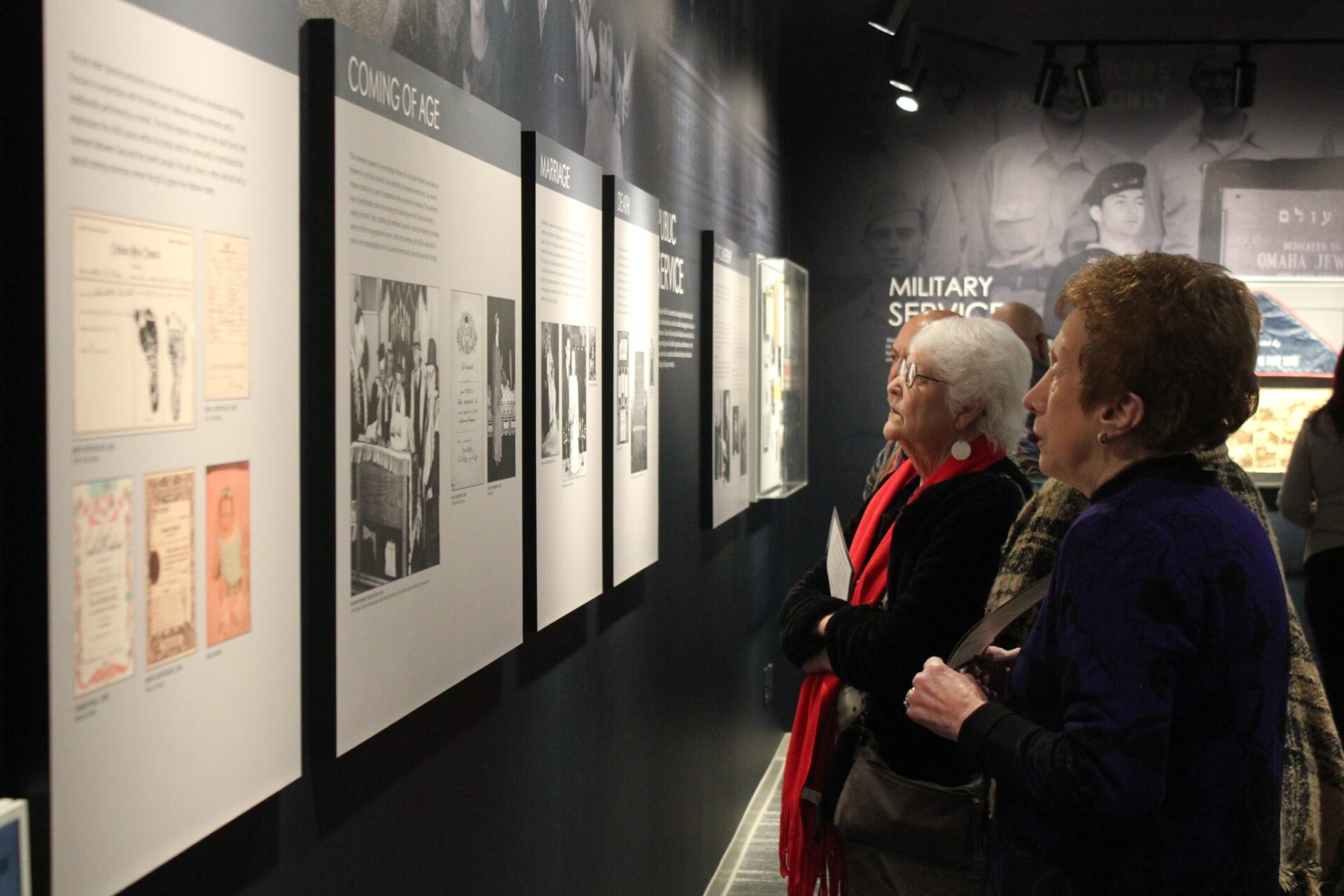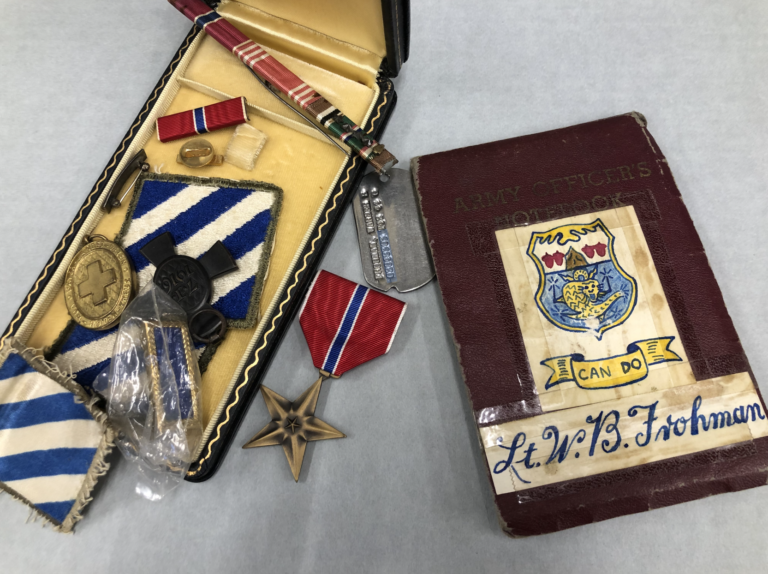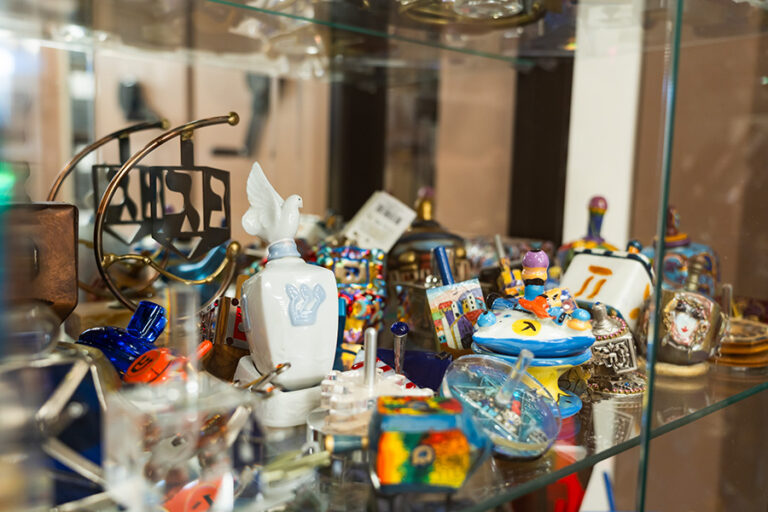
Judaism recognizes four fundamental rites of passage. They mark an individual’s journey through life from birth to adulthood to death and connect participants to the past, future, and one another. These rituals help define who one is and what that means. They retain similarities over time and space but differ depending on the country and time period.
BIRTH
The brit milah (bris/circumcision) is an ancient ritual based on Abrahamic teachings. It occurs in conjunction with the infant boy’s Hebrew naming ceremony and is traditionally performed by a mohel. The ritual requires a minyan (ten adult Jews) and emphasizes the child’s place within his family and the community. It symbolizes the covenant between God and the Jewish people. For girls, there is often simchat bat, a special naming ceremony where the girl is given her Hebrew name.
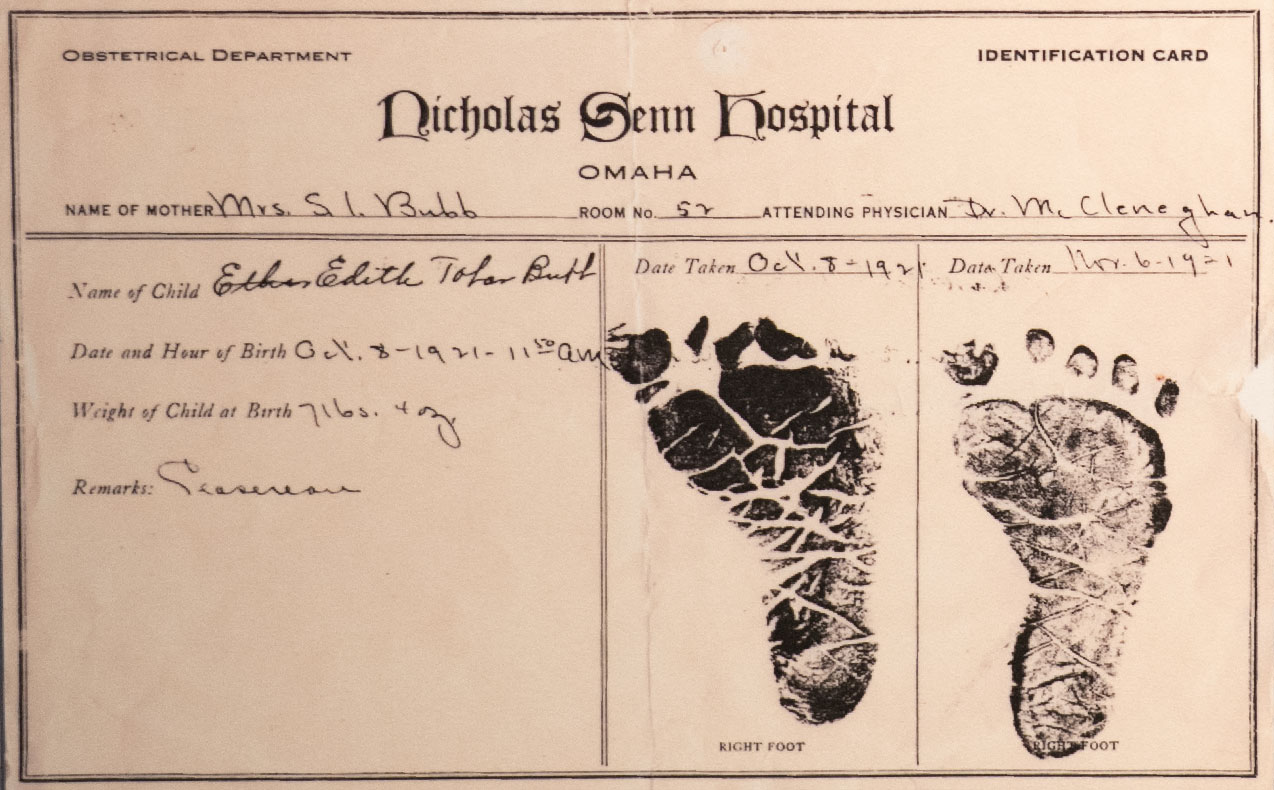
Birth Certificate, 1921
Edith Tofar Bubb
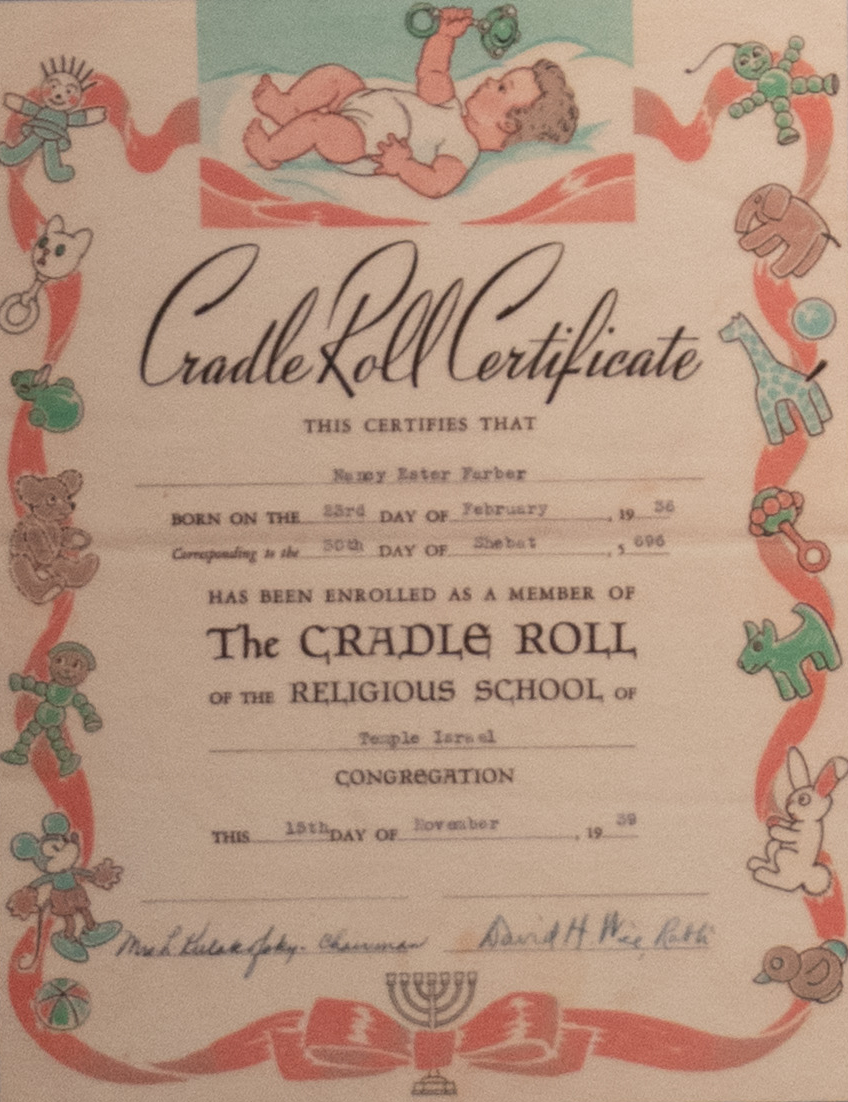
Cradle Roll, 1936
Nancy Farber
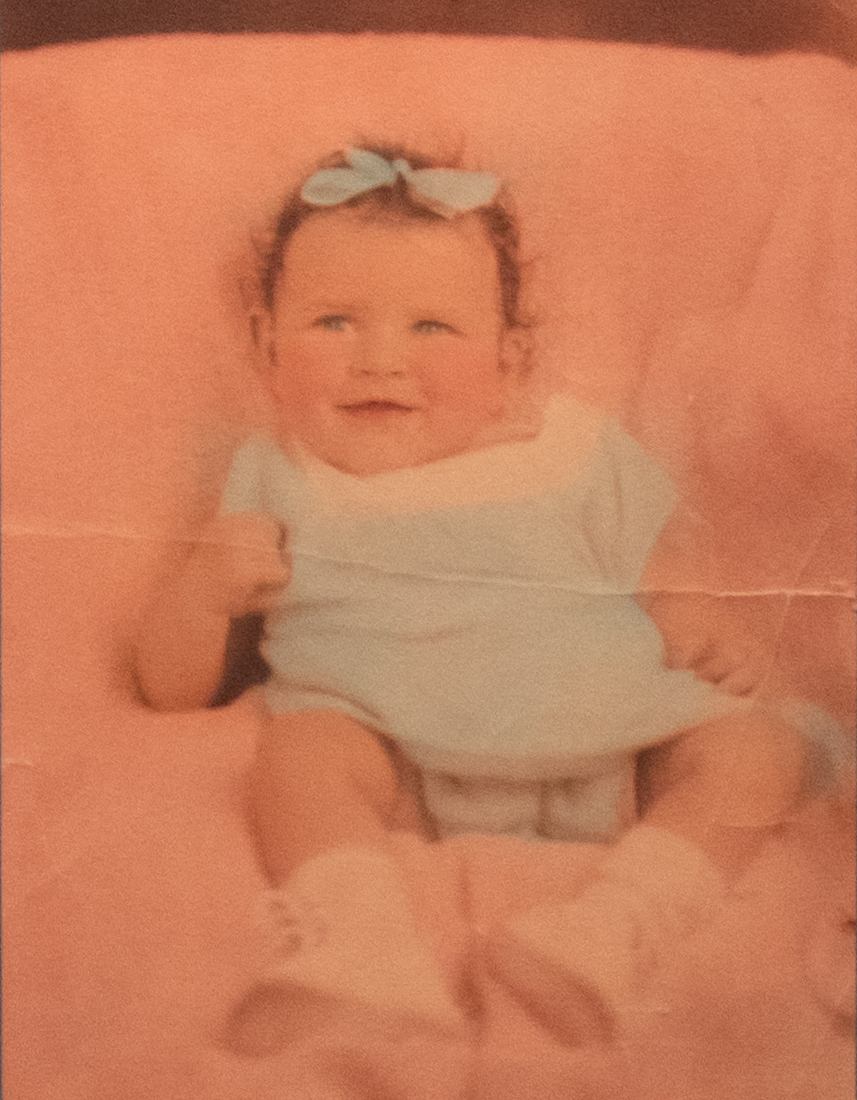
Rita Rosen
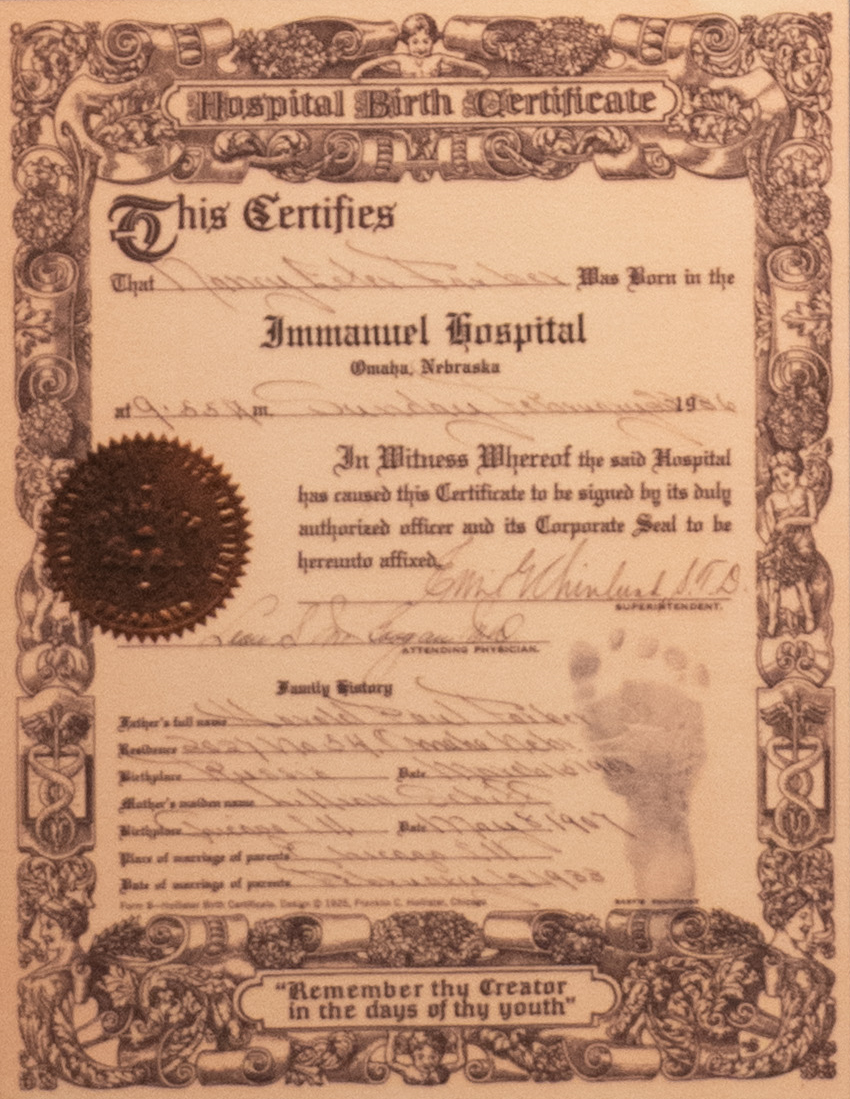
Birth Certificate, 1936
Nancy Farber
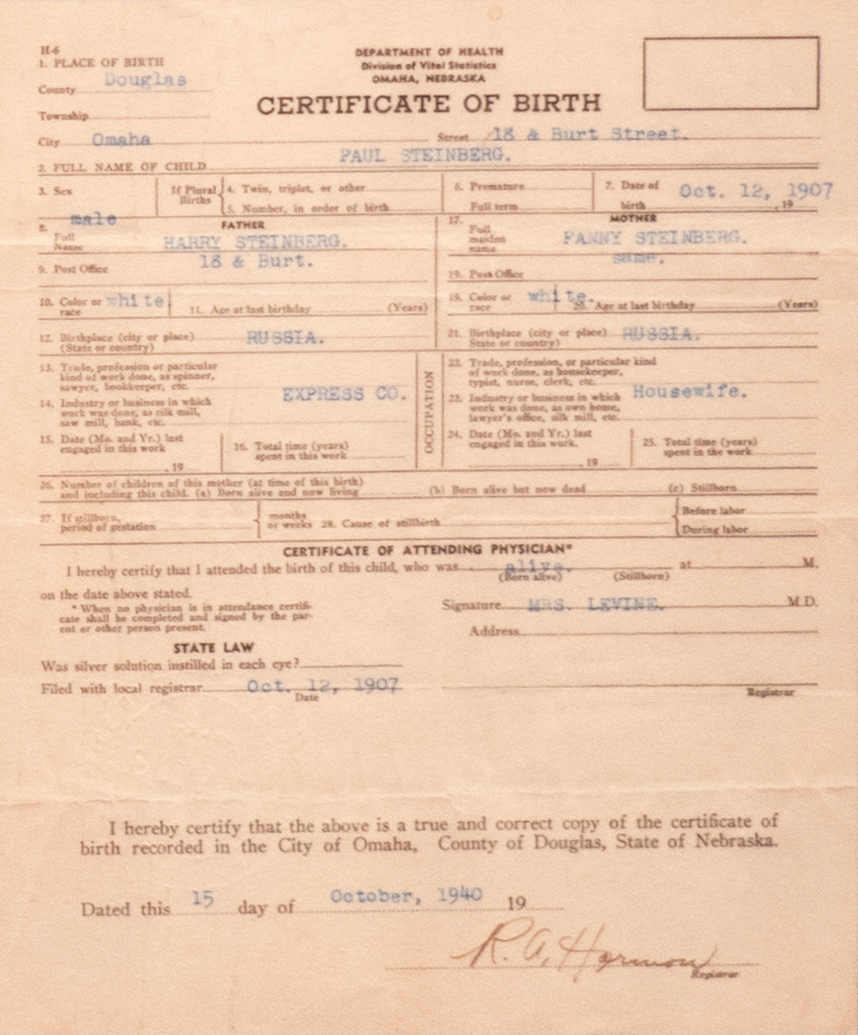
Birth Certificate, 1907
Paul Steinberg
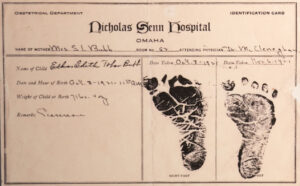
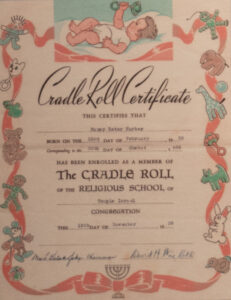

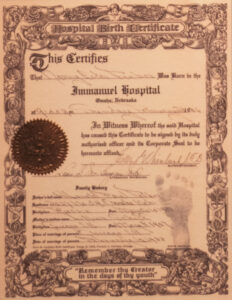
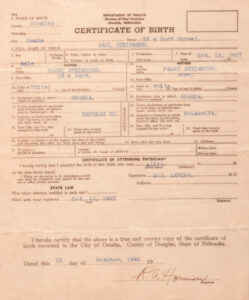
COMING OF AGE
This ceremony happens for Jews at age thirteen for a boy (bar mitzvah) and twelve or thirteen for a girl (bat mitzvah). B’nai mitzvah is the gender-neutral term. Six years of Hebrew school plus a year of preparation often precede the ceremony. The celebrant’s level of participation varies from saying the blessings over the Torah (an aliyah) to reading from the Torah, chanting the haftarah (a portion from the Prophets) to leading some or all the congregational service. After the ceremony, the child is expected to take on the responsibilities of the Commandments and claim their spiritual heritage.
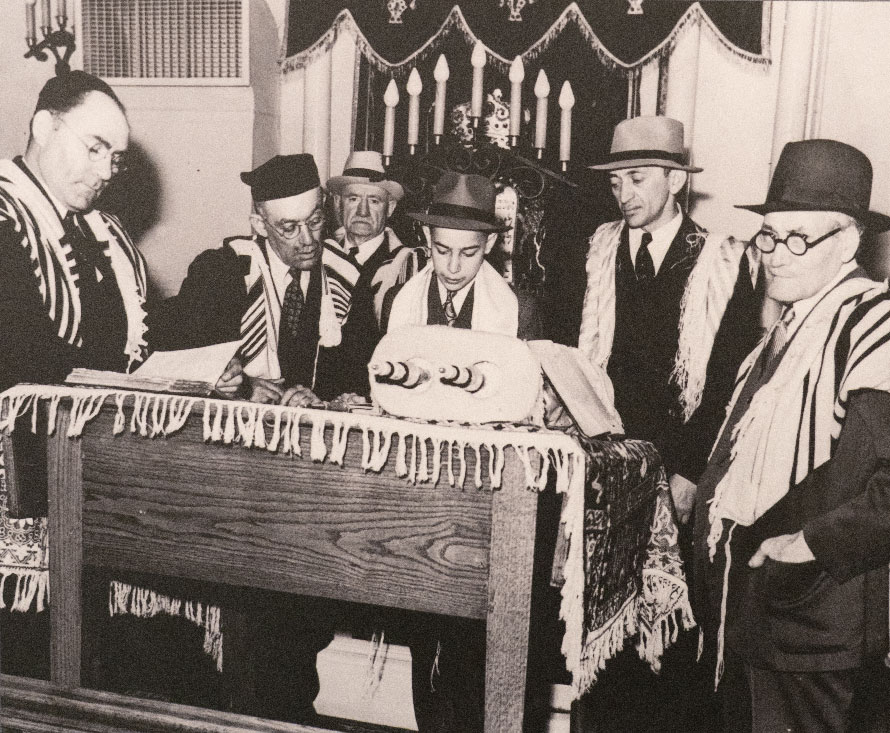
Richard Rosinky’s Bar Mitzvah, 1940
Left to Right: Cantor Emmanuel Sellz, Rabbi Rifkin, David Manvitz, Richard Rosinsky, Sam Rosinsky, Henry Jacosen

Phyllis Bernstein, 1946
Certificate of Bat Mitzvah
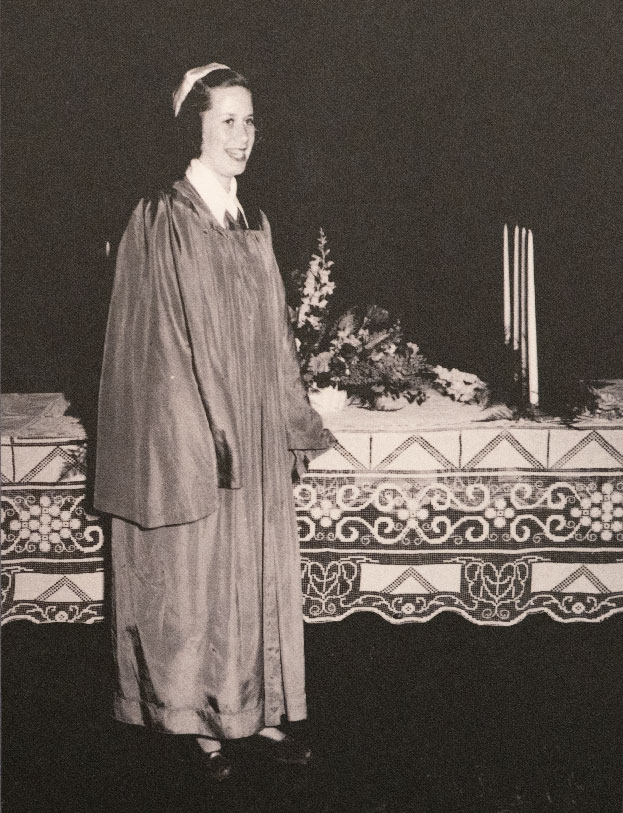
Audrey Hoberman, 1948
Bat Mitzvah
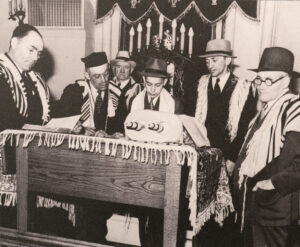
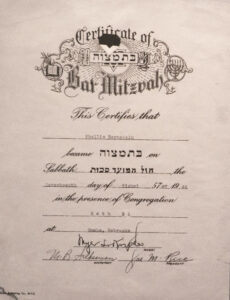
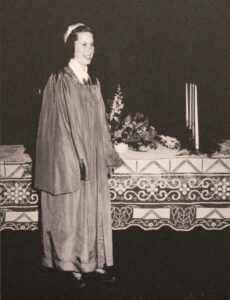
MARRIAGE
A wedding is a joyous event marking the union of two individuals. Traditionally, the wedding is held under a chuppah (canopy). The marriage ceremony consists of two rituals. The first is the kiddushin (betrothal) at which the chatan (groom) gives the kahlah (bride) a ring as a symbolic payment and the couple signs a ketubah (contract). The second is the nissuin (nuptials) at which the seven benedictions are recited. Wine is included in both ceremonies. Traditionally, the wine glass is wrapped in a cloth and broken by the groom stomping on it. The glass is broken to remember the destruction of the temples in Jerusalem. Even in a time of great joy, we recall the pain and loss suffered by the Jewish people.
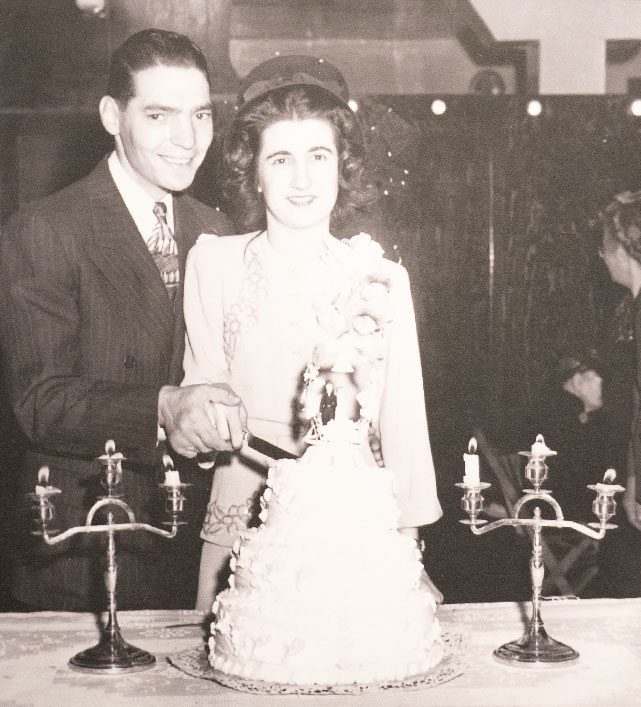
Edmund and Elaine Fieman
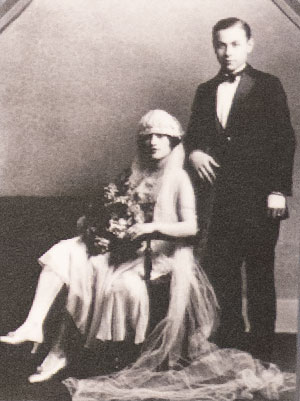
Abe and Helen Baker

David and Dorothy Weiss, 1938
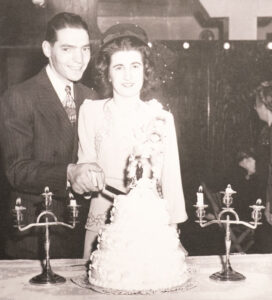
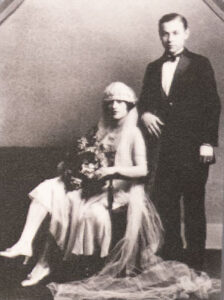
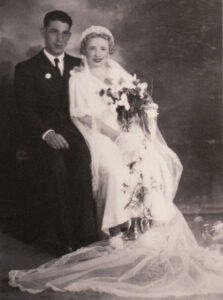
DEATH
According to Jewish tradition, the body of the deceased is prepared for burial by the chevra kadisha (sacred society). Funerals and burials take place as quickly as possible at Jewish cemeteries. After special prayers, the body is lowered into the ground in a plain coffin. Friends and relatives then comfort mourners for seven days (shiva). The mourners’ kaddish is then recited as part of a service every day for eleven months after the death. Finding land for a cemetery was one of immigrant Jews’ first acts when settling in a new country. The first Jewish burial ground in Nebraska was in Omaha, with burial roots dating back to 1863. The B’nai Israel Society purchased the land in 1871 and named it Pleasant Hill Cemetery.
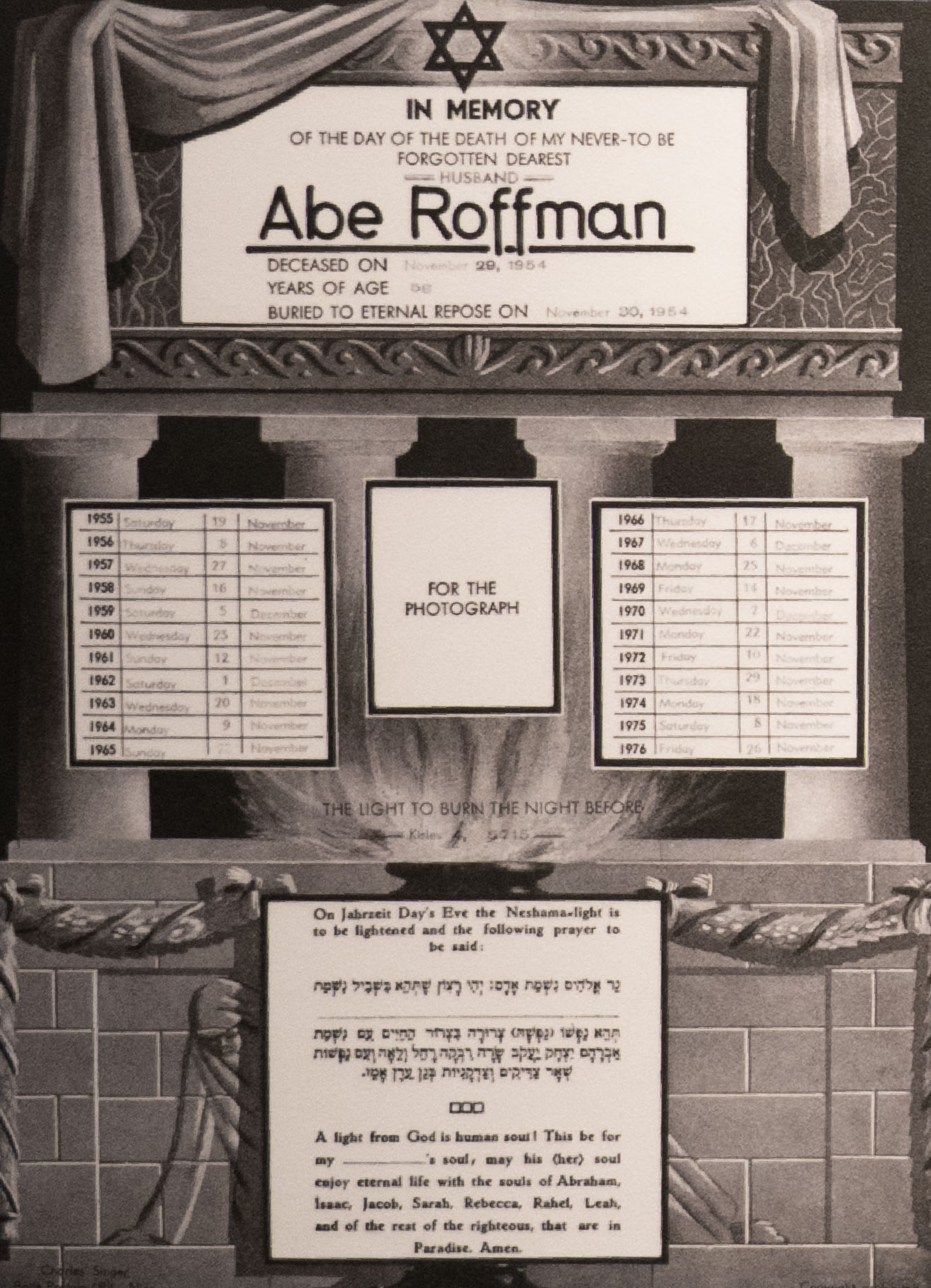
Yarzeit Calendar

Memorial headstone for 1913 tornado victims

Pleasant Hill Cemetery Chapel entrance
